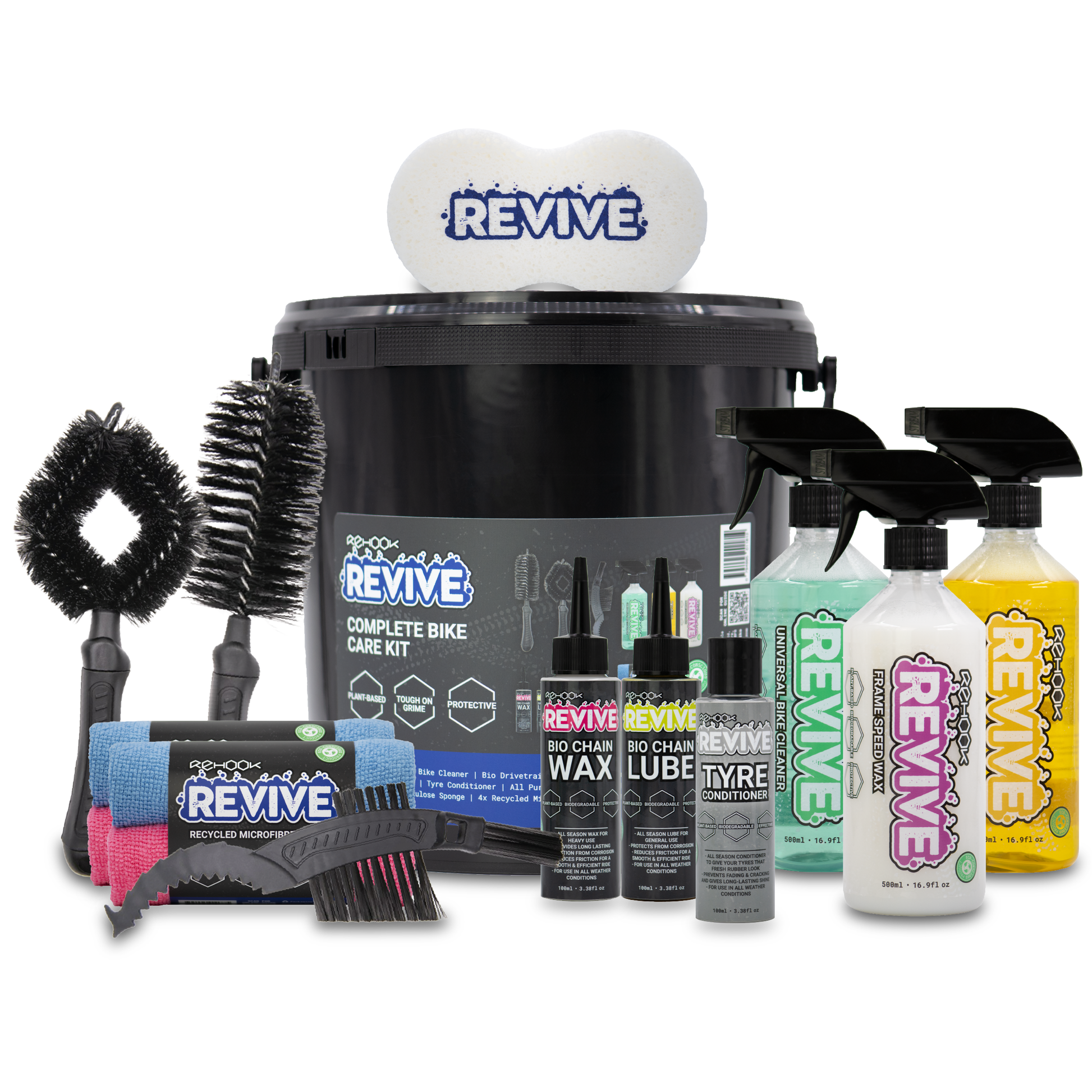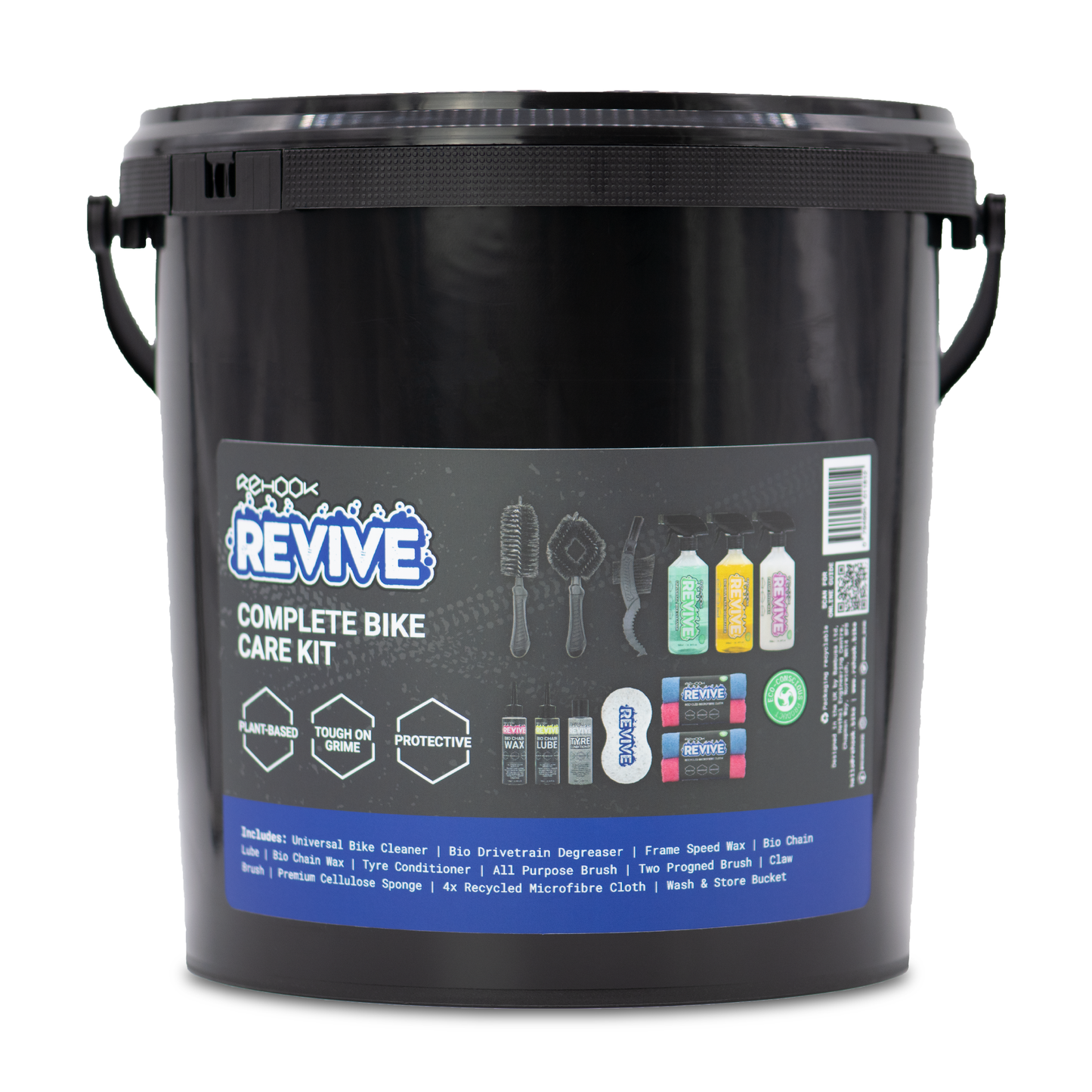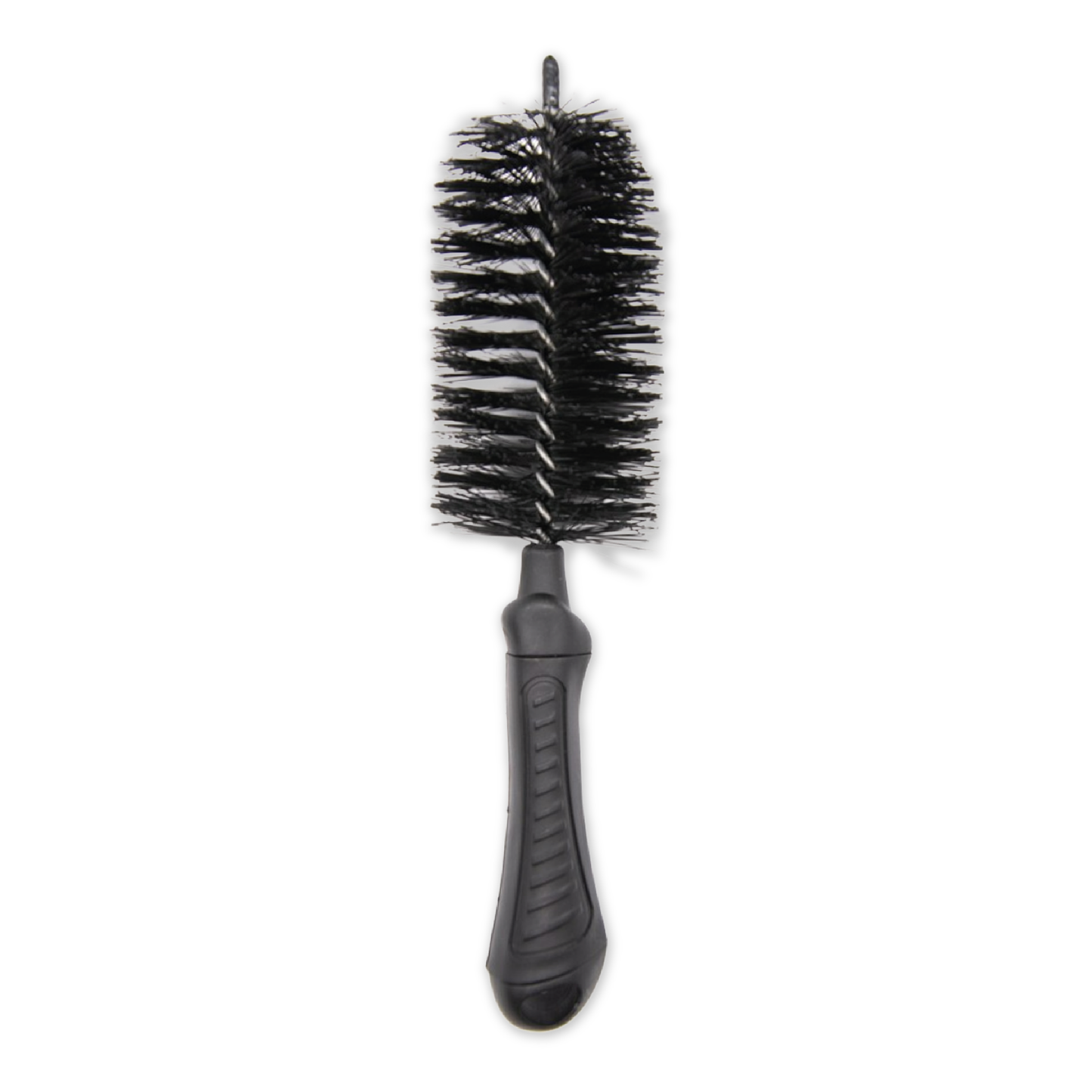Layers
Lights
Food and Drink
Bike maintenance
Tyres

Planning your next ride but dreading the cold weather? Read this article to learn how best to cycle in cold climates and to prepare yourself for the winter rides!
Layers
Keeping warm is possibly the most important aspect of winter cycling, as it plays a big part of your comfort and general enjoyment of cycling. One of the most obvious yet often ignored ways to keep warm when out and about it by padding yourself with extra clothing! If you cycle regularly then it’s certainly worthwhile investing in a thermal undershirt that you can wear underneath your standard cycling clothes to maintain your warmth and add another level of thickness from the harsh cold! Other items such as gloves, socks and hats can also be doubled up to give that extra snug feeling and prevent coldness from taking an uncomfortable effect.
The science behind layering is that the added bottom layer of clothing acts as a way to ‘lock in’ the warmth that is emitted from your body while exercising, whereas the outer layer acts as a barrier to negate as much cold air from getting to your body. Usually when wearing only one layer, the cold air can pass through your clothes and at the same time your body heat escapes the same way. By adding in another layer, you’re doubling down on both heat escaping your body and coldness getting to it!

Lights
One of the first notable signs that winter has arrived is the days getting shorter and the nights drawing in earlier. What this means is that you need to be prepared to be hit by a wave of darkness if you’re heading out anytime in the afternoon, and you do that by simply attaching a light so you’re ready for riding in the dark. With it being a legal requirement to have a light attached to your bike after sunset, you don’t want to be caught out in the winter when the night times are less predictable and more likely to catch you by surprise.
A lot of bike lights these days can come with different settings depending on the environment you’re cycling in which can be very useful. These settings often will include something similar to a ‘full beam’ or ‘dimmed’ setting which you can adjust depending on whether or not you’re going to be cycling in urban or rural environments and whether or not the street and traffic lighting is sufficient enough.

Food and Drink
Keeping yourself well fed and hydrated will also help going a long way in regards to both your warmth and your performance in harsh weather conditions. When it comes to winter riding, everyone knows how tough it can be to get your body going and into a rhythm which is why you need to stock your body up with all the energy you can to allow yourself to push on and power through the cold grip of winter! Before heading out, fill up with high-carb foods such as bread, porridge or pastas to ensure your body releases energy gradually over the course of your ride giving you more sustained energy to allow yourself to remain peddling to the max!
As well as eating beforehand, try getting into the habit of taking snacks along with you when you leave the house. Small packaged foods like nuts, energy bars and a banana or two can help with immediate energy boosts as well as many other nutritious benefits through their sugar content. Pairing the sugars of an energy bar along with the potassium of a banana will help with digestion too, letting all the goodness get into your body as quickly as possible to get you going at peak performance again.

Bike maintenance
An important part of owning a bike, whether it be summer or winter, is looking after it. This is only exaggerated in the winter months when you’ll be using a more demanding method of cycling as you put your bike through the perils of cold morning frost and muddy pathways! Regularly cleaning your bike and keeping it mud-free will not only help with its appearance, but also with its performance too, with mud easily getting into the chains and drying over time which can cause damage and long-term effects to the performance of your bike. Giving it a rinse over and a scrub when you come home from a winter ride will go a long way in preserving the quality of your bike and can help prevent any unwanted issues in the long run. Be sure not to rinse all the grease off your bike however, as a bit of grease is just what the chain and other parts of the bike need! Just make sure you get to removing the mud from the frame!
As for the roads themselves, winter weather can lead to icy, greasy surfaces that could act as a potential hazard when you’re riding along. By far and away the most important part of the bike itself is the brakes, which could be the difference between life and death on slippery roads especially in urban environments with heavy traffic. Testing your brakes regularly is a healthy practice all year wide, but you should be testing them a lot more regularly in the winter. Depending on how often you ride, you check them over and test them every time you head out in wintery conditions, as you never know, the extra 5 minutes you spend to look things over could just save your life.

Tyres
As the winter weather takes effect on the road surfaces, the roads can become messy and damaged with debris, potholes and grit creating the potential for an unfortunate occurrence that no cyclist wants to experience in the cold - a puncture. Ask any experienced cyclist what they dread every time they head out in the winter and they will undoubtedly answer with a puncture as nobody wants to be stuck in down a country lane or by the side of the road in freezing cold temperatures trying to change a tyre with their numb fingers! Check out the Rehook Gooeys glueless puncture repair kit at www.rehook.bike/gooeys
Specialist winter tyres will usually be thicker than standard tyres and will be required to be deflated a little bit more than usual to allow for a more controlled and sturdy grip to the path. Some winter tyres even come with studded or spiked grips to allow for even more grip in particularly bad environments. If you’re thinking of heading out in winter weather you should always be prepared with a set of winter specialist tyres that will give you a much safer and comfortable journey that will also give you all the necessary precautions to the perils of winter riding!

Winter cycling is a very different type of cycling to any normal cycling throughout the year. The weather brings in an element of unpredictability that cannot be underestimated when it comes to cycling safety with the bad weather allowing for debris, dirt and grease to get in the way of your cycling experience and any one of these can negatively affect your enjoyability. It’s best to understand what type of hazards you may face in the winter and to identify them early on so you can make precautions such as popping on an extra layer of socks, changing your tyres over or being well stocked on energy filled snacks! Being prepared for the worse will go along way to tackling the many different situations involved in winter riding.





























